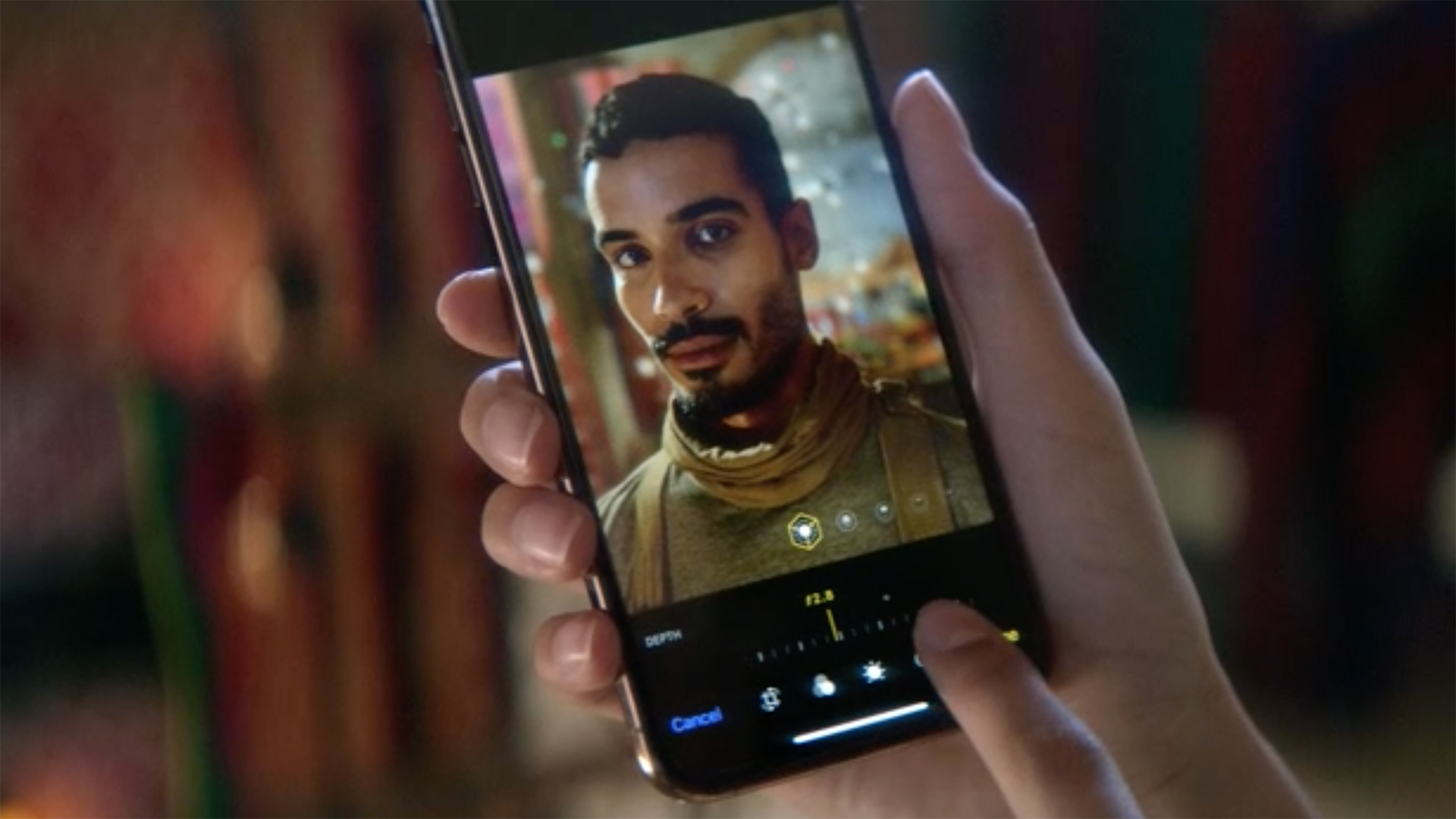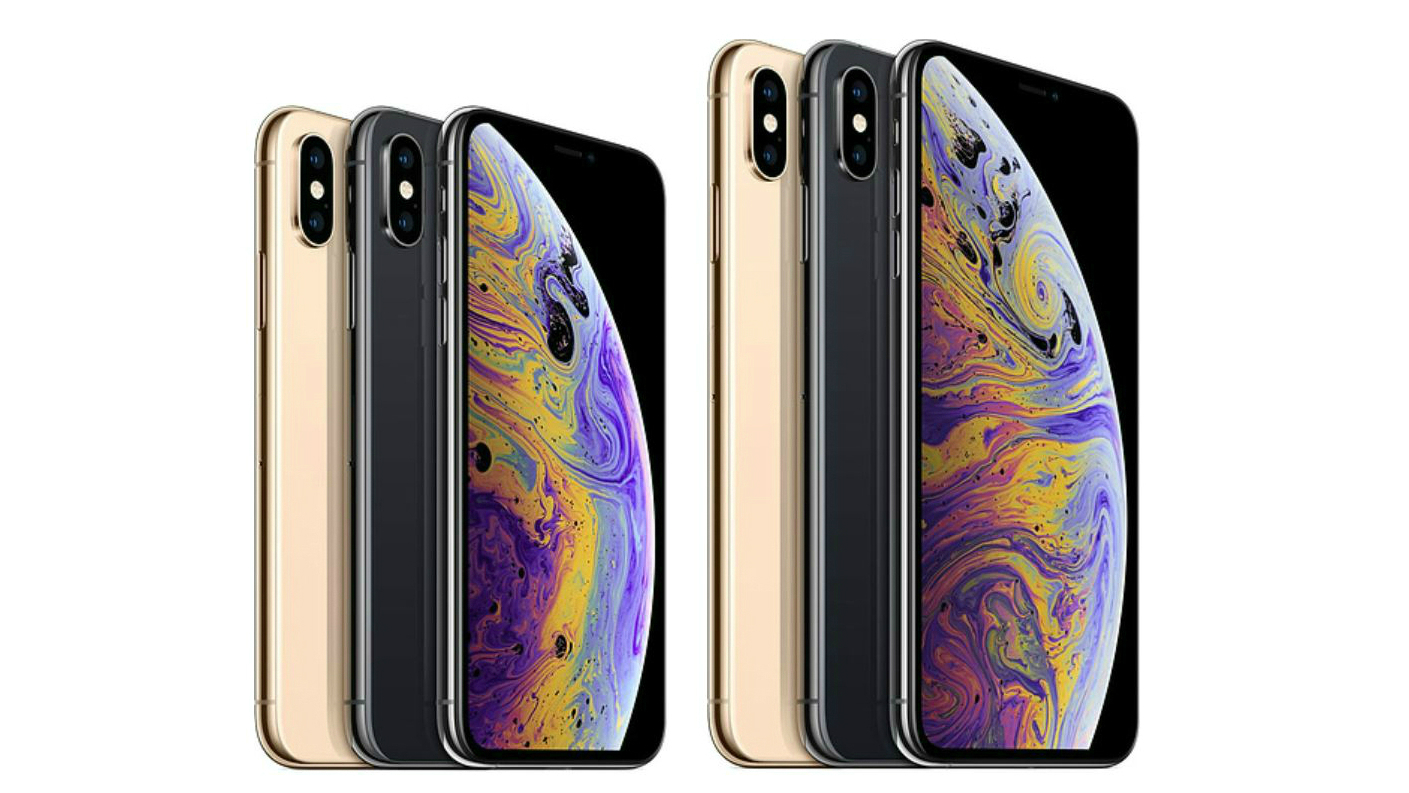Key camera features of the iPhone XS explained
The most advanced iPhone brings some extra sweeteners for the photographer

Smartphones may now be capable of capturing magazine covers, exhibition-worthy enlargements and more, but that hasn't stopped companies like Apple from continuing to push the technology for the benefit of the everyday user.
Heralding "a new era for photography", Apple's latest iPhone XS and XS Max handsets build on many photographic features we first saw in last year's iPhone X.
While the separation between the two generations isn't quite as pronounced as it has been before, the changes do appear to make the newer model more adept at handling a range of situations, from backlit portraits and high-contrast landscapes through to underwater captures.
Here, we take a look at the big changes on the new devices for the photographer.
1. New dual-camera system with better flash

While the iPhone XS and XS Max appear to use the same camera hardware as the iPhone X, Apple had made a number of changes to the setup to make it more capable.
Once again, we get a 12MP camera with a six-element, wide-angle f/1.8 lens and another with an f/2.4 telephoto optic in front of it, but the former is built around a new, larger sensor, and with it, larger and deeper pixels.
Whereas the pixels on the iPhone X's equivalent camera sensor measured 1.22µm, Apple has been able to broaden these to 1.4µm here. This should help to capture more light for a better signal-to-noise ratio, which in turn should mean that images captured in sub-optimum conditions end up with less noise than they otherwise would.
Get daily insight, inspiration and deals in your inbox
Sign up for breaking news, reviews, opinion, top tech deals, and more.
The True Tone flash that joins these cameras on the rear has also been revised for better performance, and optical stabilisation is once again on hand on both cameras.
2. New front camera sensor

The front TrueDepth camera has also been revised, with a fresh 7MP sensor that's twice as fast as before, and an f/2.2 lens in front of it. Once again, this is joined by a dot projector and an IR-sensitive camera, the former emitting IR light towards the user's face and the latter recognising where this hits to get a better idea of the user's face – and this what lies beneath some of that technology discussed below.
3. New neural engine and ISP

The new A12 Bionic chip inside the iPhone XS and XS Max partners with the image signal processor (ISP) to work all kinds of magic on images, with the ability to power through a trillion operations per photo. Among other things, it helps to detect faces for better segmentation masks – more on that in a second – and can even banish red-eye reduction automatically.
4. Smart HDR

While previous iPhones were capable of capturing HDR images, the iPhone XS debuts a fresh Smart HDR option.
A feature that's made possible through the combination of the new A12 chip and ISP, this process captures a four-frame buffer when a moving subject is detected, with zero shutter lag to make sure you get the critical moment. This is complemented with subsequent captures for highlight details and a long exposure for shadow detail, before everything is fused together for a single composite file with detail retained in all areas.
HDR images can often suffer from slight blur, a result of the subject (or photographer) moving between the capture of each individual image, but Apple appears confident that the feature will be able to capture even fast-moving subjects – very impressive if this turns out to be the case.
5. Depth Control feature

The ability to shift the point of best sharpness in an image may be something we're now used to, but the new A12 chip now allows you to adjust depth of field for the image as a whole, post capture.
You can adjust the aperture from f/1.4 to f/16 to bring backgrounds back in focus or to render them as a blur, depending on what you captured in the first place.
This isn't the first time we've seen this feature on a phone, but this will no doubt be welcomed by photographers shooting anything more creative than casual snaps – or those who, for whatever reason, didn't quite manage to nail the result the first time round.
6. Advanced Portrait mode with better bokeh

The Portrait Lighting feature was one of the more significant image-related additions in the previous iPhone 8 Plus and iPhone X, and this has been bolstered on the new XS and XS Max models.
Thanks to improved depth sensing, the iPhone XS uses machine learning to identify faces and develop a precise depth map so that the subject is separated from the background better than before. This better separation also means that the quality of out-of-focus areas (known as bokeh) can also be improved, and it also allows you to adjust Portrait Lighting with greater precision.
Capturing selfies? You can still access Depth Control when using the Portrait mode with the front camera, so you can tweak those Tinder shots to perfection.
7. Displays with wider dynamic range

A great image won't necessarily look that way if your smartphone's screen isn't showing things faithfully, but the Super Retina OLED HDR screens on both the iPhone XS and larger XS Max models now boast a 60% improvement in dynamic range over the previous iPhone X – great for looking at those Smart HDR captures.
Otherwise, the iPhone XS's screen has the same basic specs as the iPhone X, with 2.7million pixels in total (2436 x 1125) spread across a 5.8-inch area to give a 458ppi density. The extra 0.6million pixels on the XS Max are swallowed up by the larger 6.5-inch display, so the pixel density is the same.
8. IP68 protection
Fancy a swim with your phone? The IP67 protection of the previous iPhone already meant that it could be safely submerged 1.5m underwater for up to 30 minutes, but the IP68 rating of the new models – the '8' relating to water resistance – increases this to a depth of 2 metres for the same length of time.
This now matches rival handsets like the Samsung Galaxy S9 and Galaxy Note 9. Not that anyone's expecting you to hold your breath for that long underwater, of course, but it's good to know if you accidentally drop your phone around water and you don't manage to retrieve it immediately.
9. Up to 512GB storage

Apple made its previous iPhone X available in only two capacities, namely 64GB and 256GB options, but the new flagship will arrive with a new 512GB option on top of this, whether you grab it in the Space Grey, Silver or new Gold finish.
What does that mean for the photographer? The ability to store staggering 200,000 images. Just make sure you have a copy in iCloud or somewhere else, as that's a painful amount of images to lose in one go.
10. Longer battery life
With the iPhone XS offering up to 30 extra minutes of battery life over the iPhone X, and the XS Max boasting a maximum one-and-a-half hours of extra juice over the same model, the new phones appear less likely to let you down when you're out in the middle of nowhere playing at being Ansel Adams.